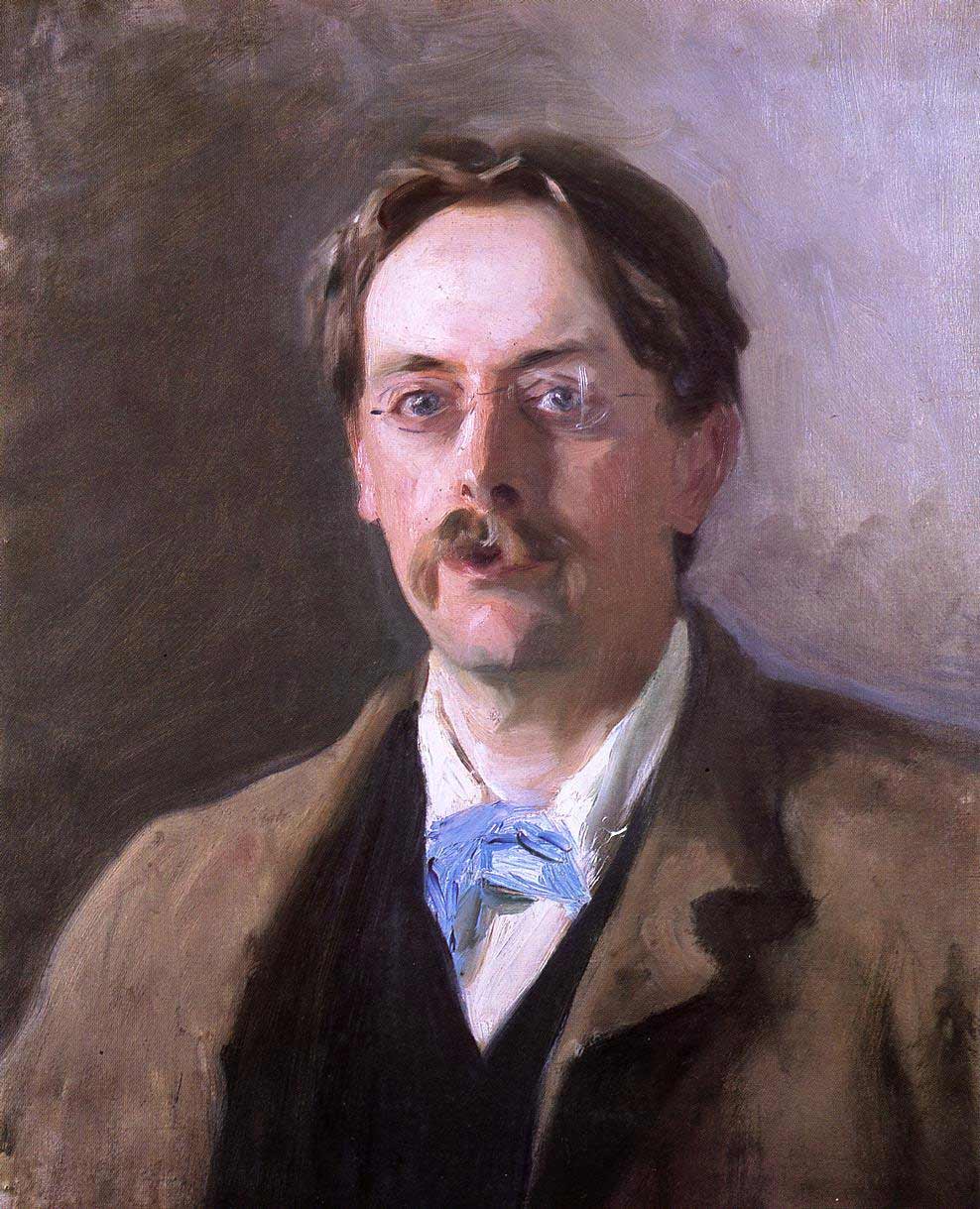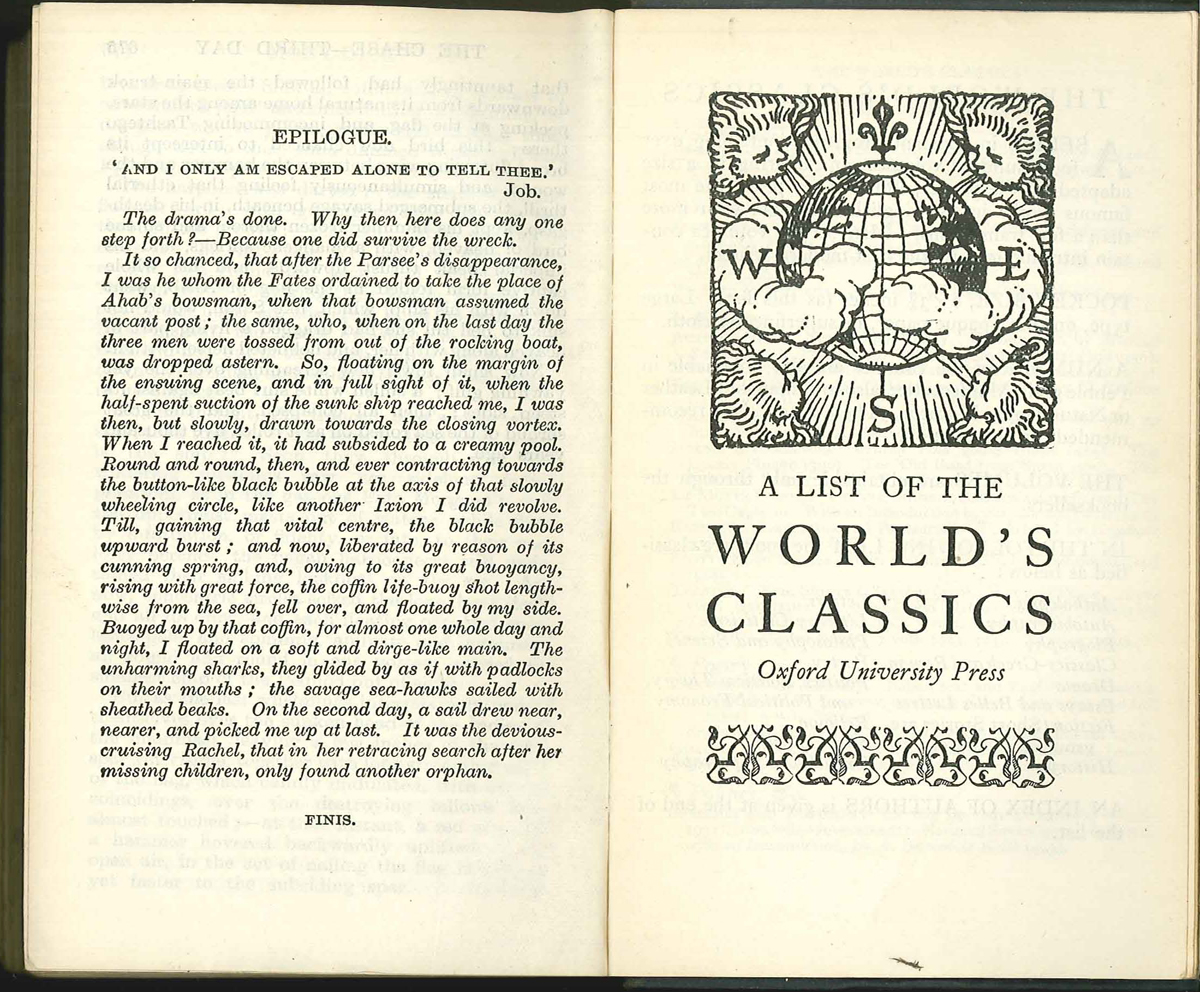|
Eliza Brightwen
Eliza Brightwen née Elder (30 October 1830 – 5 May 1906) was a Scottish naturalist and author. She was self-taught, and many of her observations were made in the grounds of ''The Grove'' in Stanmore, the estate outside London which she shared with her husband during his lifetime and where she lived as a widow. She was described in 1912, as "one of the most popular naturalists of her day". Personal life Eliza Elder was born in 1830 in Banff, Aberdeenshire, Scotland to Margaret and George Elder, and she had three other siblings. Her mother died in 1837 and her father died in 1853. She was adopted, after her mother died, by her uncle, Alexander Elder, co-founder of Smith, Elder & Co. Elder moved to Streatham to live with her uncle, and then to Stoke Newington. She did not receive a formal education. She expressed interest in natural history as a child and described her youth as "extremely lonely and quiet". In 1855 she married George Brightwen, a banker who then ran a succes ... [...More Info...] [...Related Items...] OR: [Wikipedia] [Google] [Baidu] |
Banff, Aberdeenshire
Banff ( gd, Banbh) is a town in the Banff and Buchan area of Aberdeenshire, Scotland. It is situated on Banff Bay and faces the town of Macduff across the estuary of the River Deveron. It is a former royal burgh, and is the county town of the historic county of Banffshire. Etymology The origin of the name is not certain. While it may be derived from the Scottish Gaelic ''banbh'' meaning "piglet", a more likely origin is the name being a contraction of ''Bean-naomh'', Gaelic for "holy woman", as this would tie in with the burgh's coat of arms which features the Virgin Mary. William J. Watson writes: "It is true that Banff is Banb in the '' Book of Deer'' and Banbh in modern Gaelic—one syllable. On the other hand, banbh, a suckling pig, is not appropriate—one might say it is impossible—as the name of a place or district." History Banff's first castle was built to repel Viking invaders and a charter of 1163 AD shows that Malcolm IV was living there at that time. During th ... [...More Info...] [...Related Items...] OR: [Wikipedia] [Google] [Baidu] |
Brightwen Binyon
Brightwen Binyon, FRIBA, (30 May 1846 – 21 September 1905) was a British architect. Life He was born at Headley Grange, Victoria Park, Manchester, the son of Edward Binyon (1791–1855), a sugar refiner and tea dealer, and his wife Jane née Brightwen (1805–1890). He was educated at a Friends School (formerly Stramongate School) in Kendal, before training as an architect under Alfred Waterhouse between 1863 and 1871. Later he gained membership of the RIBA. He then travelled around the continent after which he came to Ipswich. He lived with his mother at 43 Fonnereau Road, Ipswich in 1874. On 18 September 1879 in Darlington, he married Rachel Mary Cudworth (1853–1949) of Darlington. She was the daughter of William Cudworth and Mary Thompson. They then lived at 5 Henley Road, Ipswich with Brightwen having an architect’s office at 36 Princes Street, Ipswich. Henry Percy Adams was later articled to him. He had many commissions in Suffolk including the Corn Exchange, the ... [...More Info...] [...Related Items...] OR: [Wikipedia] [Google] [Baidu] |
Edmund Gosse
Sir Edmund William Gosse (; 21 September 184916 May 1928) was an English poet, author and critic. He was strictly brought up in a small Protestant sect, the Plymouth Brethren, but broke away sharply from that faith. His account of his childhood in the book ''Father and Son'' has been described as the first psychological biography. His friendship with the sculptor Hamo Thornycroft inspired a successful career as a historian of late-Victorian sculpture. His translations of Henrik Ibsen helped to promote that playwright in England, and he encouraged the careers of W. B. Yeats and James Joyce. He also lectured in English literature at Cambridge University. Early life Gosse was the son of Philip Henry Gosse and Emily Bowes. His father was a naturalist and his mother an illustrator who published a number of books of poetry. Both were deeply committed to a small Protestant sect, the Plymouth Brethren. His childhood was initially happy as they spent their summers in Devon where his ... [...More Info...] [...Related Items...] OR: [Wikipedia] [Google] [Baidu] |
Epilogue
An epilogue or epilog (from Greek ἐπίλογος ''epílogos'', "conclusion" from ἐπί ''epi'', "in addition" and λόγος ''logos'', "word") is a piece of writing at the end of a work of literature, usually used to bring closure to the work. It is presented from the perspective of within the story. When the author steps in and speaks directly to the reader, that is more properly considered an afterword. The opposite is a prologue—a piece of writing at the ''beginning'' of a work of literature or drama, usually used to open the story and capture interest. Some genres, for example television programs and video games, call the epilogue an "outro" patterned on the use of "intro" for "introduction". Epilogues are usually set in the future, after the main story is completed. Within some genres it can be used to hint at the next installment in a series of work. It is also used to satisfy the reader's curiosity and to cover any loose ends of the story. History of the term T ... [...More Info...] [...Related Items...] OR: [Wikipedia] [Google] [Baidu] |
Autobiography
An autobiography, sometimes informally called an autobio, is a self-written account of one's own life. It is a form of biography. Definition The word "autobiography" was first used deprecatingly by William Taylor in 1797 in the English periodical ''The Monthly Review'', when he suggested the word as a hybrid, but condemned it as "pedantic". However, its next recorded use was in its present sense, by Robert Southey in 1809. Despite only being named early in the nineteenth century, first-person autobiographical writing originates in antiquity. Roy Pascal differentiates autobiography from the periodic self-reflective mode of journal or diary writing by noting that " utobiographyis a review of a life from a particular moment in time, while the diary, however reflective it may be, moves through a series of moments in time". Autobiography thus takes stock of the autobiographer's life from the moment of composition. While biographers generally rely on a wide variety of documents an ... [...More Info...] [...Related Items...] OR: [Wikipedia] [Google] [Baidu] |
Essay
An essay is, generally, a piece of writing that gives the author's own argument, but the definition is vague, overlapping with those of a letter, a paper, an article, a pamphlet, and a short story. Essays have been sub-classified as formal and informal: formal essays are characterized by "serious purpose, dignity, logical organization, length," whereas the informal essay is characterized by "the personal element (self-revelation, individual tastes and experiences, confidential manner), humor, graceful style, rambling structure, unconventionality or novelty of theme," etc. Essays are commonly used as literary criticism, political manifestos, learned arguments, observations of daily life, recollections, and reflections of the author. Almost all modern essays are written in prose, but works in verse have been dubbed essays (e.g., Alexander Pope's ''An Essay on Criticism'' and '' An Essay on Man''). While brevity usually defines an essay, voluminous works like John Locke's ''An ... [...More Info...] [...Related Items...] OR: [Wikipedia] [Google] [Baidu] |
James Paget
Sir James Paget, 1st Baronet FRS HFRSE (11 January 1814 – 30 December 1899) (, rhymes with "gadget") was an English surgeon and pathologist who is best remembered for naming Paget's disease and who is considered, together with Rudolf Virchow, as one of the founders of scientific medical pathology. His famous works included ''Lectures on Tumours'' (1851) and ''Lectures on Surgical Pathology'' (1853). There are several medical conditions which were described by, and later named after, Paget: * Paget's disease of bone * Paget's disease of the nipple (a form of intraductal breast cancer spreading into the skin around the nipple) ** Extramammary Paget's disease refers to a group of similar, more rare skin lesions discovered by Radcliffe Crocker in 1889 which affect the male and female genitalia. * Paget–Schroetter disease * Paget's abscess, an abscess that recurs at the site of a former abscess which had resolved. Life Paget was born in Great Yarmouth, England, on 11 January ... [...More Info...] [...Related Items...] OR: [Wikipedia] [Google] [Baidu] |
William Jackson Hooker
Sir William Jackson Hooker (6 July 178512 August 1865) was an English botanist and botanical illustrator, who became the first director of Kew when in 1841 it was recommended to be placed under state ownership as a botanic garden. At Kew he founded the Herbarium and enlarged the gardens and arboretum. Hooker was born and educated in Norwich. An inheritance gave him the means to travel and to devote himself to the study of natural history, particularly botany. He published his account of an expedition to Iceland in 1809, even though his notes and specimens were destroyed during his voyage home. He married Maria, the eldest daughter of the Norfolk banker Dawson Turner, in 1815, afterwards living in Halesworth for 11 years, where he established a herbarium that became renowned by botanists at the time. He held the post of Regius Professor of Botany at Glasgow University, where he worked with the botanist and lithographer Thomas Hopkirk and enjoyed the supportive friendshi ... [...More Info...] [...Related Items...] OR: [Wikipedia] [Google] [Baidu] |
.jpg)



.png)

